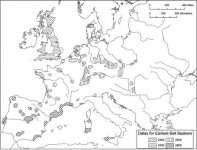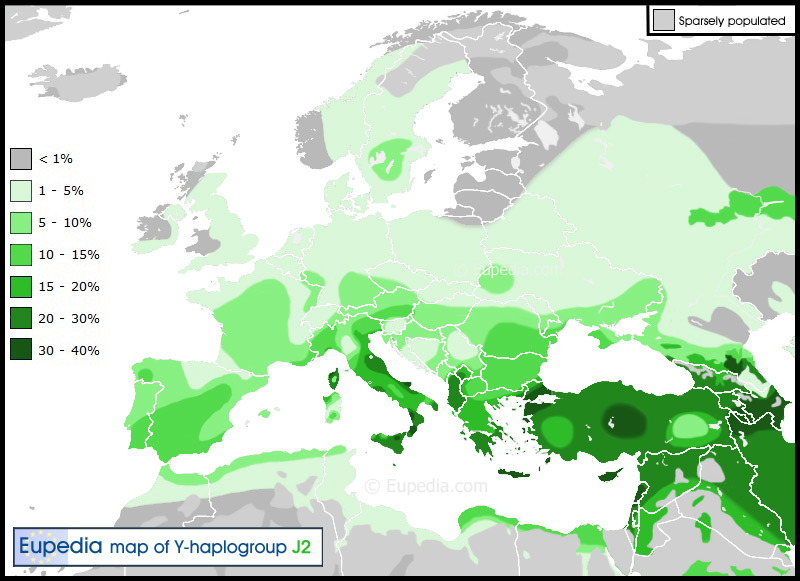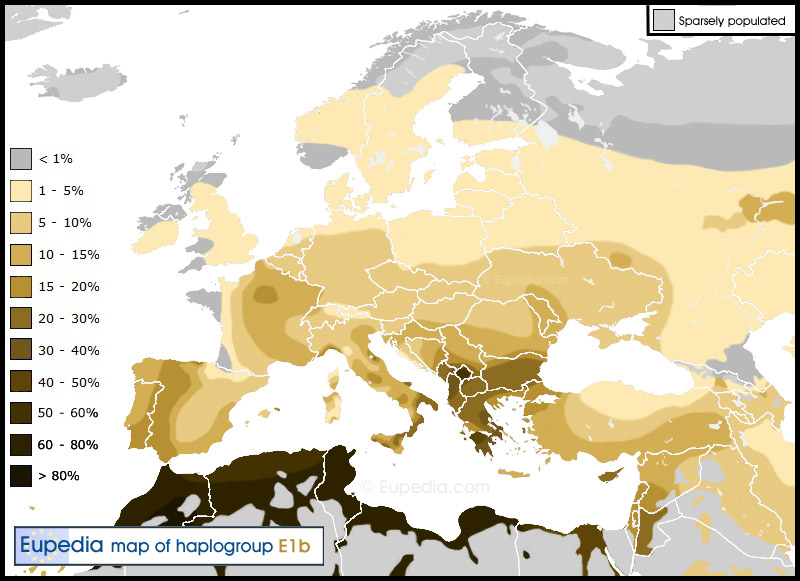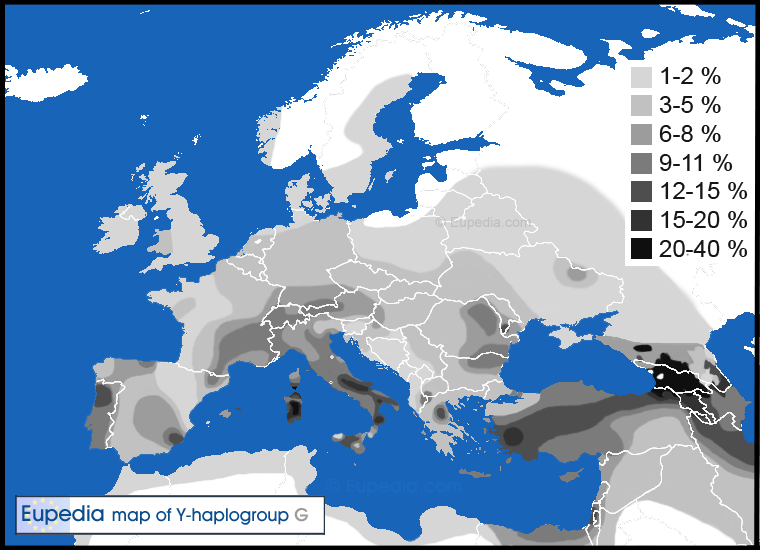Taranis
Elite member
I originally wanted to post this in Linguistics, but I realized that this is a topic that straddles both linguistics and genetics, so I decided to post it here. The Beaker-Bell Culture is one of the most puzzling archaeological cultures, and it has been frquently discussed on the forum as s carrier for bringing both R1b and the Indo-European languages into Western Europe. As a short summary:
Arguments against Beaker-Bell being Indo-European:
- the oldest Beaker-Bell sites are in Portugal (ca. 2900 BC)
- bears strong continuity with the older Megalithic traditions.
- the extend Beaker-Bell into (in Antiquity) decisively non-Indo-European areas (North Africa, Sardinia, western Sicily)
- presence of non-IE languages in Iberia (Basque, Iberian, Tartessian).
- existence of non-IE words for metals and metal-working in the Basque language.
- relative scarcity of Celtic loanwords in Basque (would be expected to be much larger if Basque had been in contact with IE speakers for so many millennia).
Arguments in favour of Beaker-Bell being Indo-European
- could explain the spread of Indo-European languages (broadly Centum and in particular Celtic languages) in Western Europe.
- Stelae People hypothesis might explain the arrival in Portugal.
- could in combination with Corded Ware explain the 'hybrid' nature of the Germanic languages (ancient links with Balto-Slavic, but behaves like a Centum language later on).
- We only see the language situation approximately 2000-2500 years later, it may be unrepresentative of the language situation during the Beaker-Bell period.
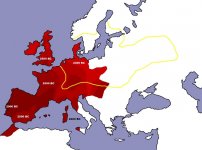
(map of the approximate Beaker-Bell expansion, based off Müller 2000, against the maximum extend of the Corded Ware Culture).
Arguments against Beaker-Bell being Indo-European:
- the oldest Beaker-Bell sites are in Portugal (ca. 2900 BC)
- bears strong continuity with the older Megalithic traditions.
- the extend Beaker-Bell into (in Antiquity) decisively non-Indo-European areas (North Africa, Sardinia, western Sicily)
- presence of non-IE languages in Iberia (Basque, Iberian, Tartessian).
- existence of non-IE words for metals and metal-working in the Basque language.
- relative scarcity of Celtic loanwords in Basque (would be expected to be much larger if Basque had been in contact with IE speakers for so many millennia).
Arguments in favour of Beaker-Bell being Indo-European
- could explain the spread of Indo-European languages (broadly Centum and in particular Celtic languages) in Western Europe.
- Stelae People hypothesis might explain the arrival in Portugal.
- could in combination with Corded Ware explain the 'hybrid' nature of the Germanic languages (ancient links with Balto-Slavic, but behaves like a Centum language later on).
- We only see the language situation approximately 2000-2500 years later, it may be unrepresentative of the language situation during the Beaker-Bell period.

(map of the approximate Beaker-Bell expansion, based off Müller 2000, against the maximum extend of the Corded Ware Culture).


